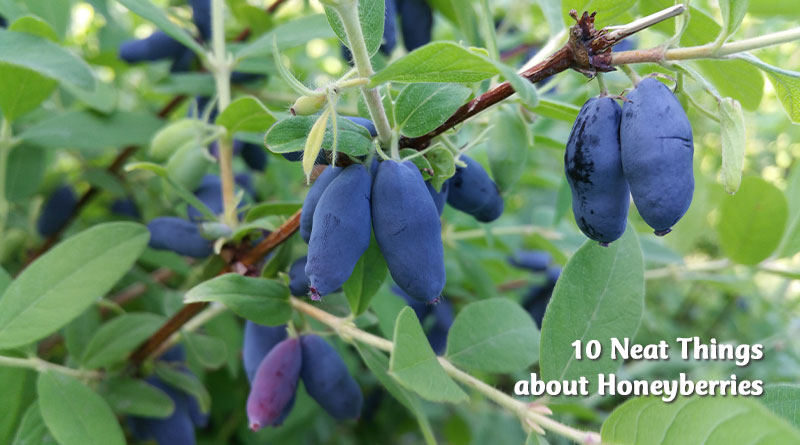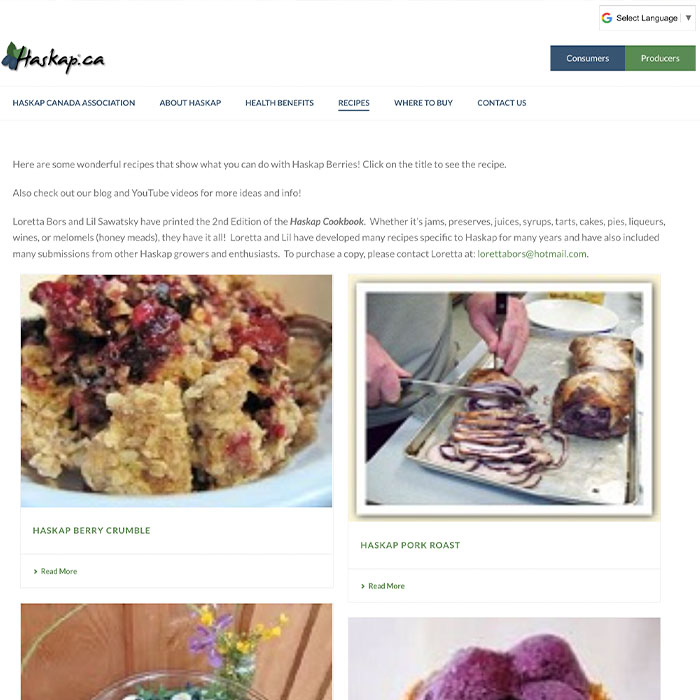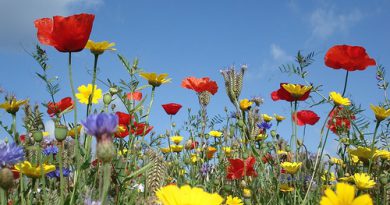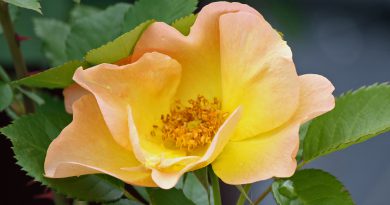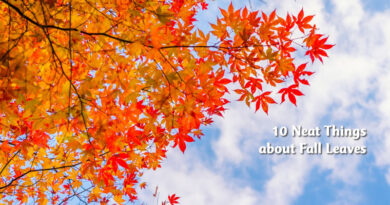About Honeyberries
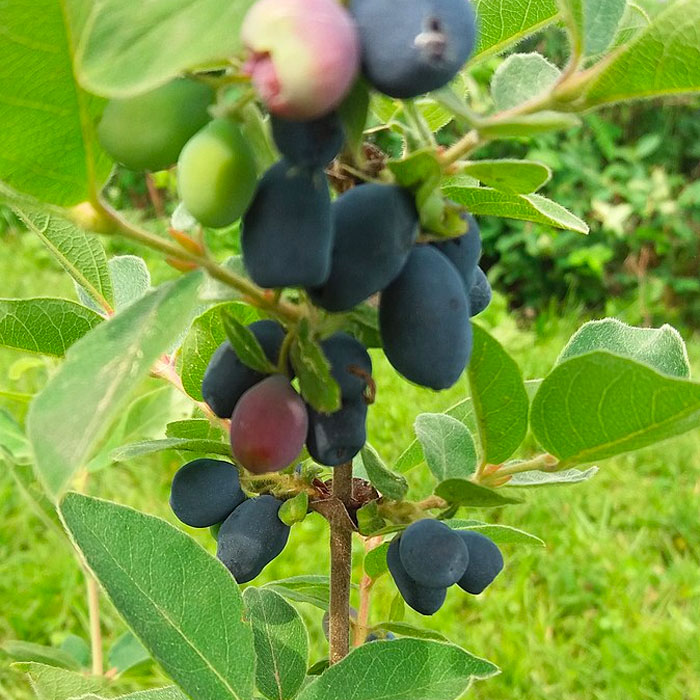
1. What’s blue, grows on a bush and melts in your mouth?
Honeyberry or haskap (Lonicera caerulea) is an old berry made new again by genius plant breeder, Dr. Bob Bors, at the University of Saskatchewan. Over the past few years, honeyberry has become the hottest new fruit on the market. One reason is its appealing ability to melt on your tongue with a warm fruity taste distinctly its own.
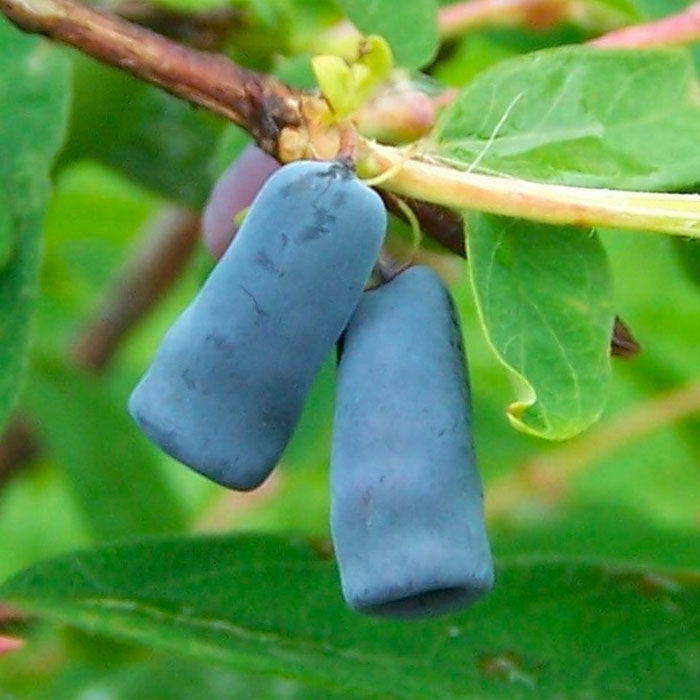
2. Siberian honeysuckle, Asian ‘hasukappu’.
Also called blue honeysuckle when translated from the Russian, honeyberry (my favourite name for the fruit) has also been called sweet berry, swamp fly honeysuckle and hascap, from the Asian name, hasukappu.
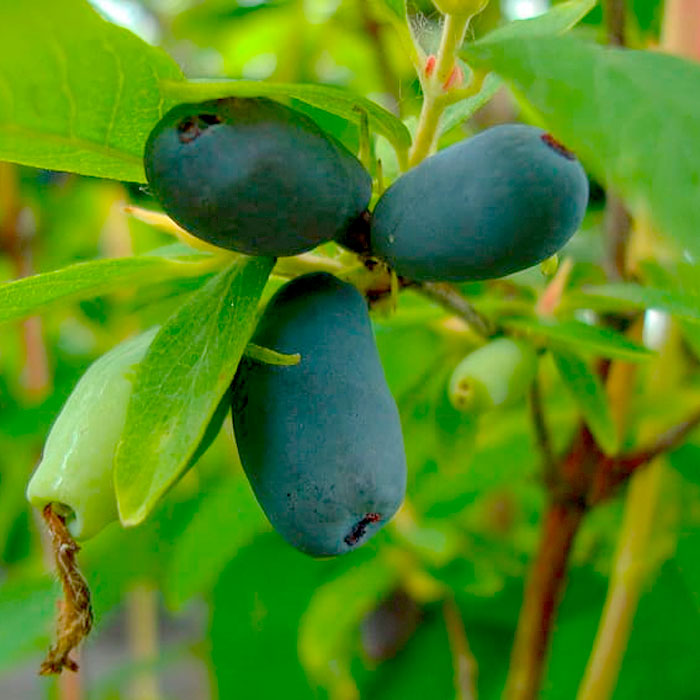
3. Beats strawberries and blueberries.
Honeyberry is ready for harvest in most climates in mid June, before strawberries, and it is higher in vitamin C than blueberries. It contains a long list of antioxidants and has been found beneficial in the treatment of blood pressure, cardiovascular disease, gastrointestinal disease and malaria.
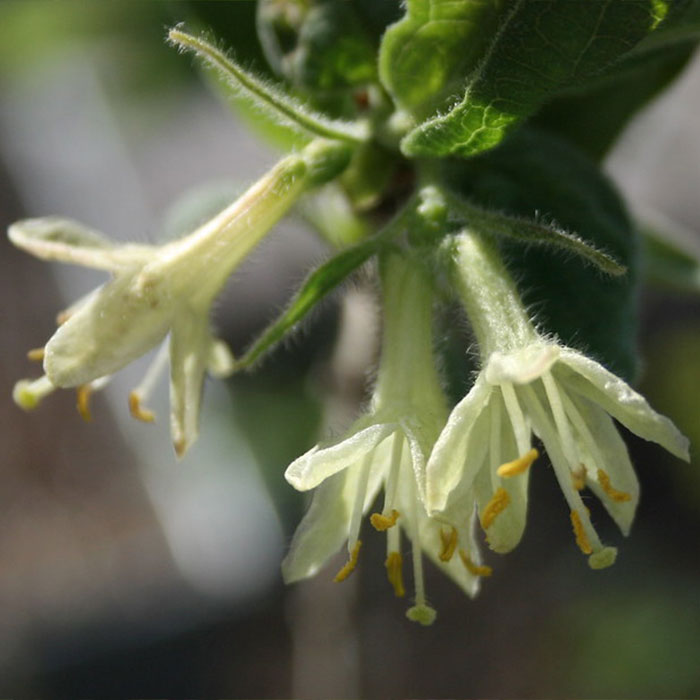
4. It takes two to tango.
If you plan on growing honeyberry, which will bear fruit in its second year, you will need at least two plants of different ancestors for cross pollination. One plant will pollinate a group of up to five other plants of a different variety than the pollinator. Both varieties will bear fruit.

5. Long lived and well behaved.
Honeyberries do not sucker. They stay put where you placed them and they will live up to 75 years according to one account — 50, according to another. Some say the shrub will bear fruit nearly all its life, others report the berry-bearing age to end at about 30 – the cultivars are still too new to be sure.
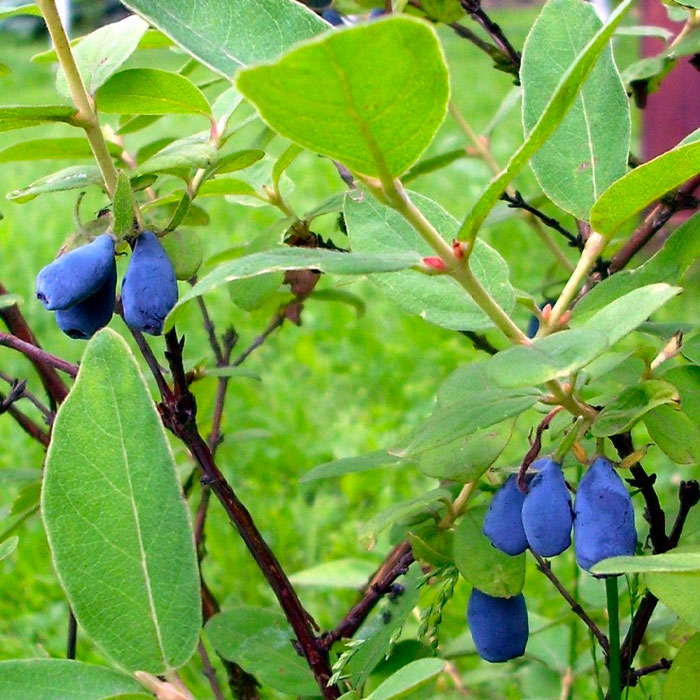
6. Sun or shade, clay or loam.
Compared to blueberries, honeyberries are a dream to grow. They will bear in both sun and partial shade (where they are happiest in places with really hot summer suns), are happy in soil with a pH ranging from 5.5 to 8! Water well until established; then they can look after themselves. By their second year they are yielding about one kilogram of fruit. By year three, this doubles to two kilograms!
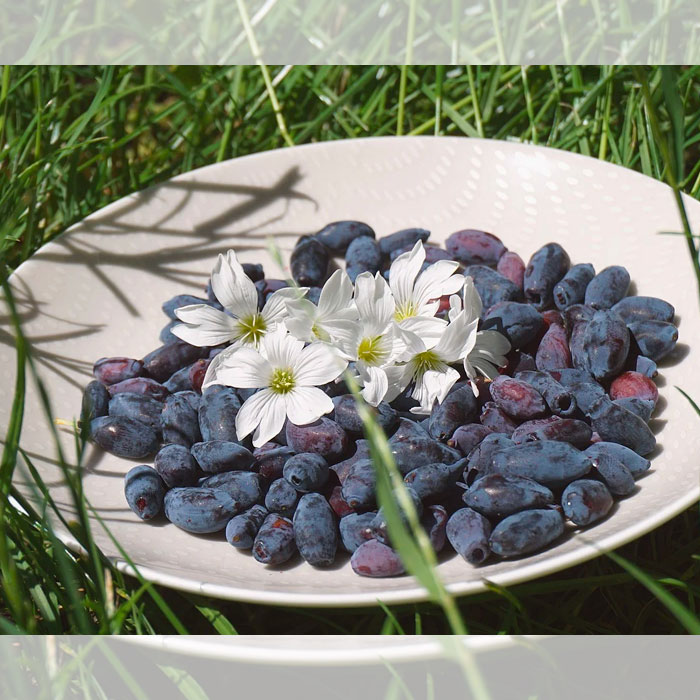
7. Everybody loves a honeyberry.
Honeyberries are quite unaffected by most insects and diseases, but birds go wild for them. Deer are partial to the young shrubs as well. If you are serious about the harvest, best protect the plant with bird netting and a fence in deer country.
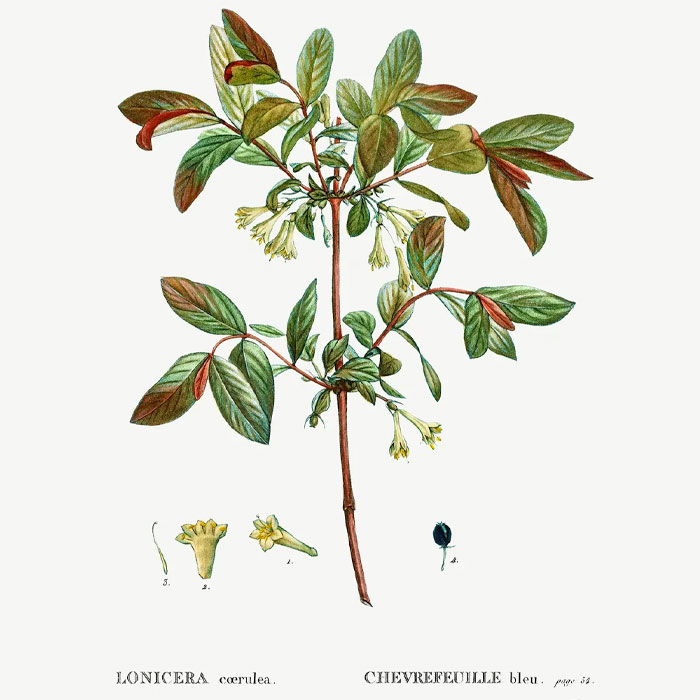
8. Hardy!
A true northerner, honeyberry is hardy to zone 0 and can tolerate -45 Celsius. Even the white bell-shaped flowers are frost resistant, unaffected up to -7 Celsius.
9. Pretty shrub.
Honeyberries are fairly large, some varieties growing three to four feet and others five to six or even seven feet. They are an attractive shrub with dense, gray-green foliage in summer, turning a pretty gold in fall.
10. Make a meal of honeyberry.
The berries are sweet and a bit tangy with a red interior beneath a thin skin. They are good to eat out of your hand, in jams and jellies, in salads and even in pork roast recipes. They make delicious smoothies and ice cream. If you want to know more including which varieties to plant, go to https://haskap.ca/about-haskap/
– Dorothy Dobbie Copyright©
Pegasus Publications

